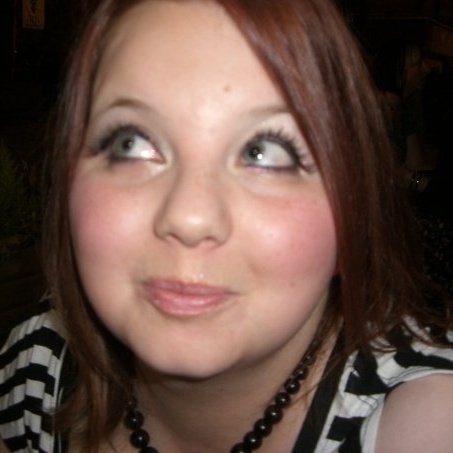So, I’ve told you all about dialysis, transplants etc let me know if there’s anything else you want to know about my condition I’d be only too happy to tell you….
Nothing much to update you on really. I’ve been really busy with uni work and assignments as I like to cram as much as I can in when I’m feeling well incase I can’t do any work the next day if I’m not up to it! This is probably not the best way of doing it but it’s the only way I can manage it.
Had a bit of a rough dialysis last night as my blood pressure dropped really low 75/45 at one point, I felt sick and had awful cramp in my leg which is maximised as I am stuck on the dialysis bed with not much room to move, whereas normally you’d jump and stamp around I cant do that because of the tubes attaching me to the machine.
So as a result my dry weight has been changed to 66.5kg now so hopefully that will help and I won’t feel as bad as that again anytime soon. So I’m feeling a bit delicate today, a bit dizzy so I’m not going into uni, I’ll attempt to do some work from home later.
Before I go I want to tell you a little bit about a charity that is close to my heart (or should I say kidneys lol)
Live Life Then Give Life was originally set up as a campaign by Emma Harris and Emily Thackray to raise awareness of organ donation and the chronic lack of organ donors in the
LLTGL helps give those affected by transplant a voice within the media, educates the public with literature, talks and events, and supports those in need of a vital transplant, which due to the terrible shortage of donors in the
Well I had some exciting news… my good friend at the charity Live Life Then Give Life, Emma has asked me to be the
Click here to find out more about the LLTGL charity.






